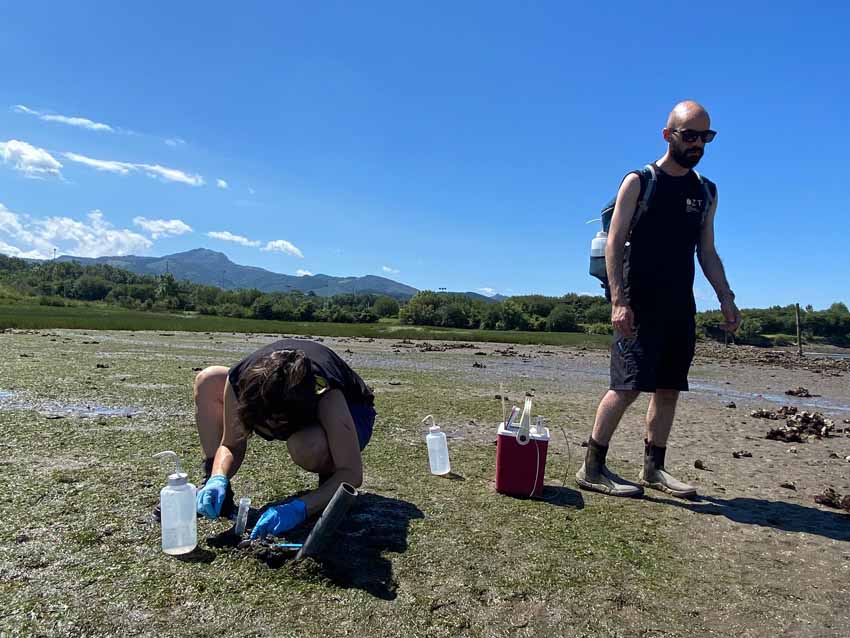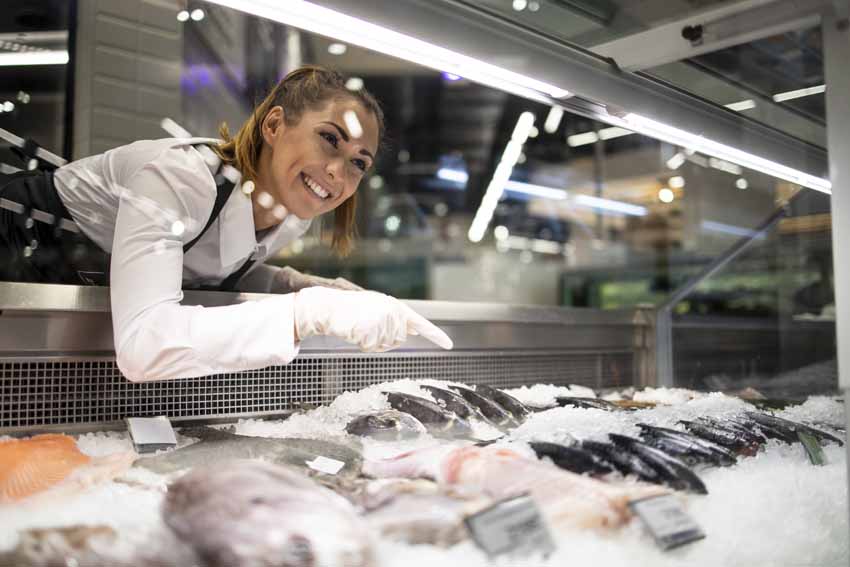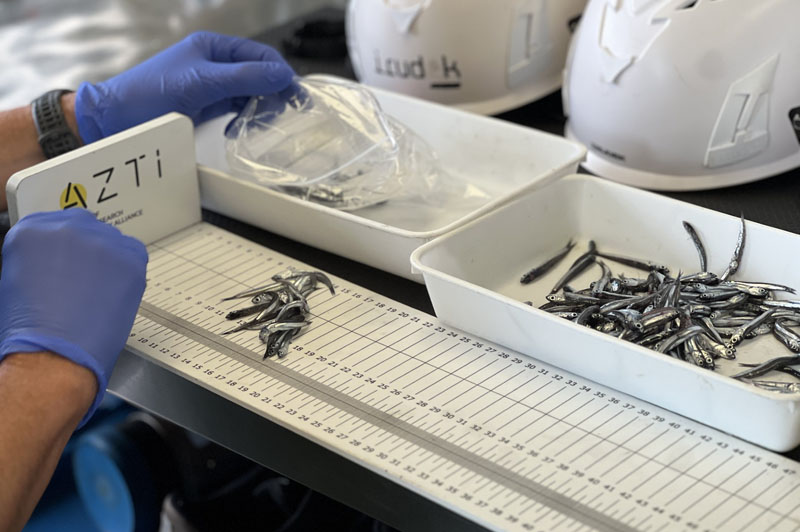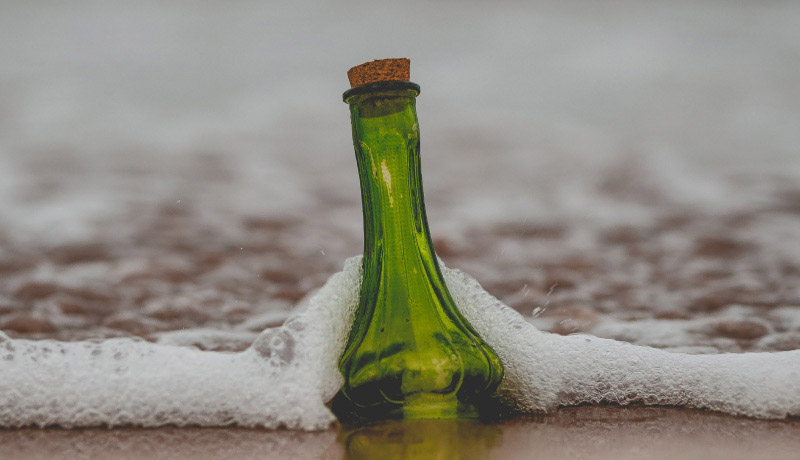ItsasBalfegó Enters the Final Stage of Its Project in the Cantabrian Sea to Assess Its Technical and Economic Feasibility
Últimas noticias
A pioneering genetic catalogue reveals hidden biodiversity in Basque estuary sediments
Uhinak Technical Committee Sets the Key Points for the 7th International Congress on Climate Change and the Coast
“We fishermen are the ones who earn the least”
- Promoted by the company Balfegó and the AZTI technology center, the initiative is developing bluefin tuna farming in floating cages off the coast of Getaria.
- The results of the process, expected by the end of this year, will be reviewed and validated by the International Commission for the Conservation of Atlantic Tunas (ICCAT).

Getaria, September 19, 2025 — ItsasBalfegó, a pioneering initiative in the Cantabrian Sea promoted by Balfegó and the AZTI technology center, is about to enter its decisive stage: verifying its technical and economic viability. The project aims to revitalize bluefin tuna fishing along the Basque coast, working in partnership with the local fleet, through a new model that involves capturing tuna with purse seine nets and transferring them to offshore facilities where they are cared for and fattened before reaching the market.
In late 2024, two submersible floating cages were installed 3.7 miles off the port of Getaria to launch the pilot phase of the project. The results, expected by the end of this year, will be assessed and validated by the International Commission for the Conservation of Atlantic Tunas (ICCAT).
If proven viable, ItsasBalfegó could have a major positive impact on the Basque economy and society by helping recover and add value to local bluefin tuna fishing quotas. The initiative will also create direct and indirect jobs, while supplying top-quality bluefin tuna to Euskadi’s renowned fine dining sector.
Currently, the feeding system is being tested on the 75 tuna living in the floating cages since last July. These fish, averaging 80 kilos each, were caught by the vessel Kantauri about 48 kilometers off the coast of Gipuzkoa and then transferred to the offshore cages near Getaria.
Once the project’s feasibility is assessed, ICCAT will review and validate the results at the end of the year to determine whether commercial activity can be expanded, and under what conditions. Beyond innovating in tuna farming, ItsasBalfegó also aims to strengthen the local economy and promote sustainable practices.
To achieve this, the project uses automated, precise feeding systems that ensure efficient distribution, minimize waste, and guarantee full traceability of ingredients, all sourced from responsibly managed fisheries. A key goal is also to involve local fishers in the value chain, jointly developing strategies that combine fishing and fattening, thereby maximizing added value and ensuring benefits are fairly shared.

Índice de contenidos
Continuous Environmental Monitoring
Since the cages were installed, ItsasBalfegó has implemented a continuous monitoring program using sensors and cameras to track water quality and biological activity, allowing immediate response to any potential negative impact on the marine environment.
Environmental oversight covers all project phases and is supervised and authorized by the relevant authorities, including the Basque Government, Maritime Authority, Provincial Coastal Service, the municipalities of Getaria and Zarautz, Spain’s General Secretariat for Fisheries, and ICCAT.
“The project complies with national and European fishing and environmental legislation. We secured all the necessary permits and authorizations, including the use of purse seine nets to catch bluefin tuna in the Cantabrian Sea,” says Rogelio Pozo, CEO of AZTI.
Before receiving government authorization, the project underwent a thorough environmental assessment, considering all potential ecosystem impacts and proposing corrective measures to mitigate them.
A Platform for Research
ItsasBalfegó also serves as a research platform to improve knowledge and management of bluefin tuna, a species that is not currently fished or farmed in Euskadi.
Through innovative methods such as acoustics, electronic tagging, chemical markers, and environmental DNA (eDNA), researchers will advance techniques for estimating biomass, tracking migrations, and monitoring the condition and welfare of tuna.
ICCAT has granted a special scientific quota to the project, authorizing the capture and maintenance of specimens for research purposes.
“Currently, purse seine fishing is not allowed within 12 miles of the Cantabrian coast. However, we received temporary authorization from the Ministry for this pilot project in order to explore sustainable methods. If the initiative proves viable, ICCAT’s regulatory framework could be revised to expand the facilities and potentially allow some vessels to use this technique—always ensuring sustainability and environmental protection,” explains Juan José Navarro, Deputy CEO of Balfegó.







